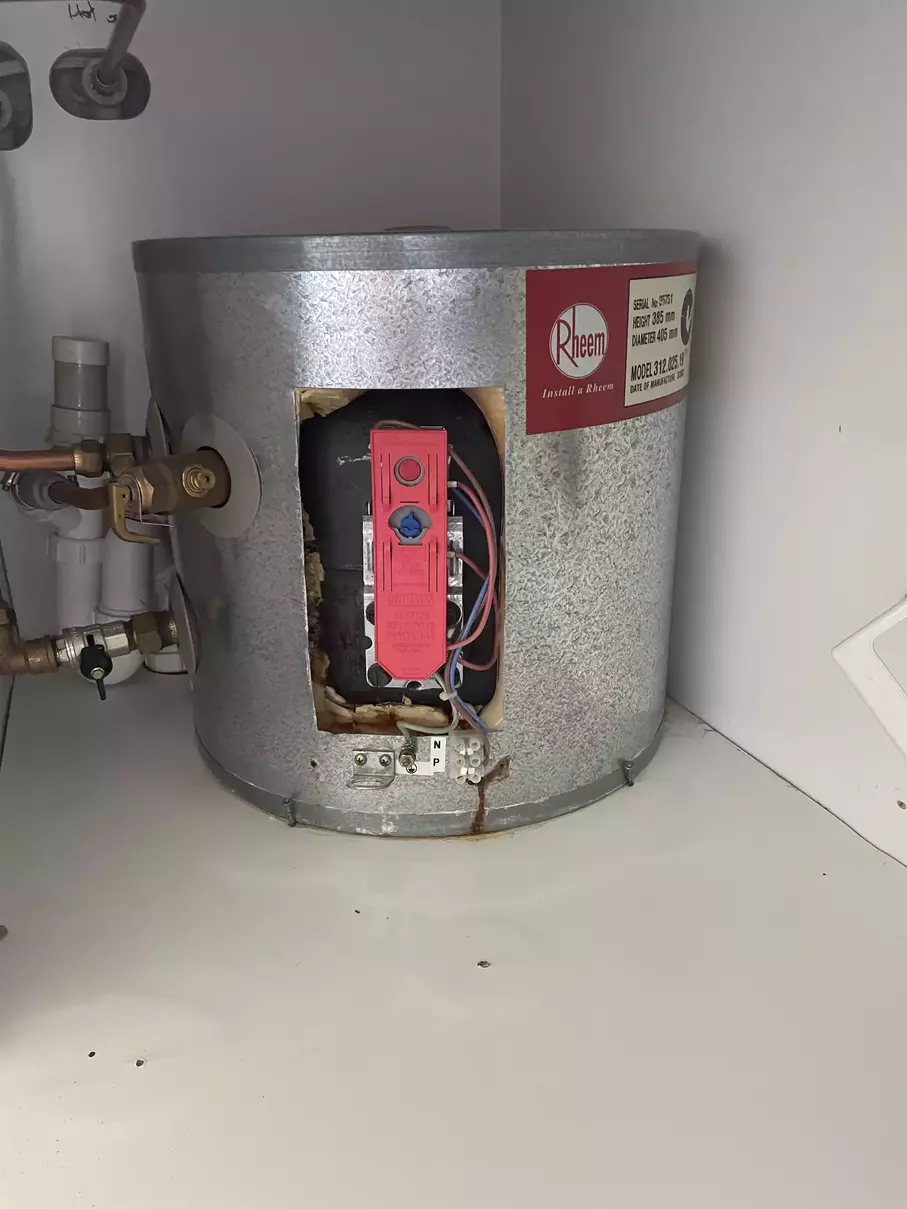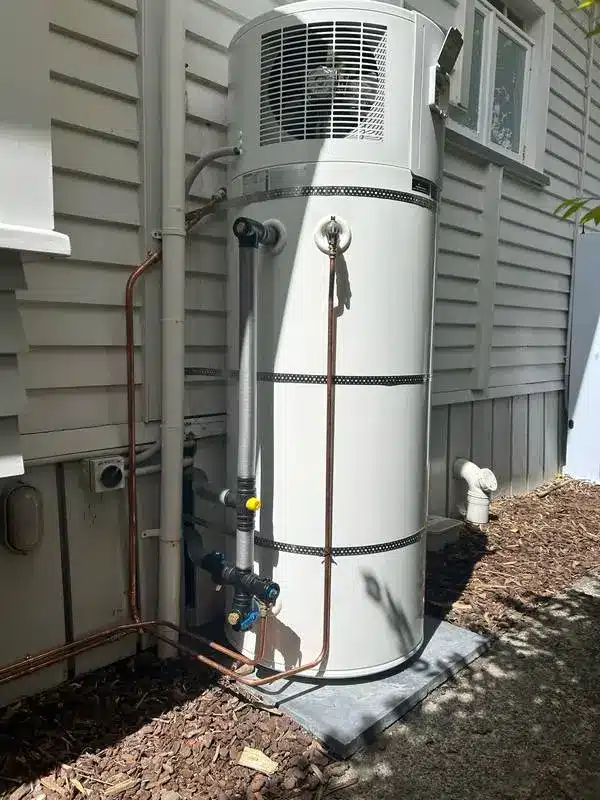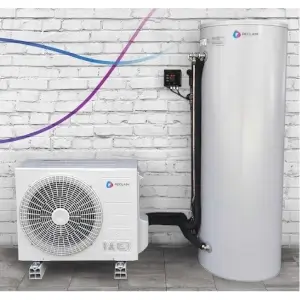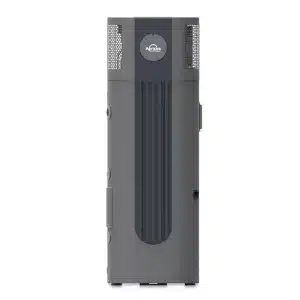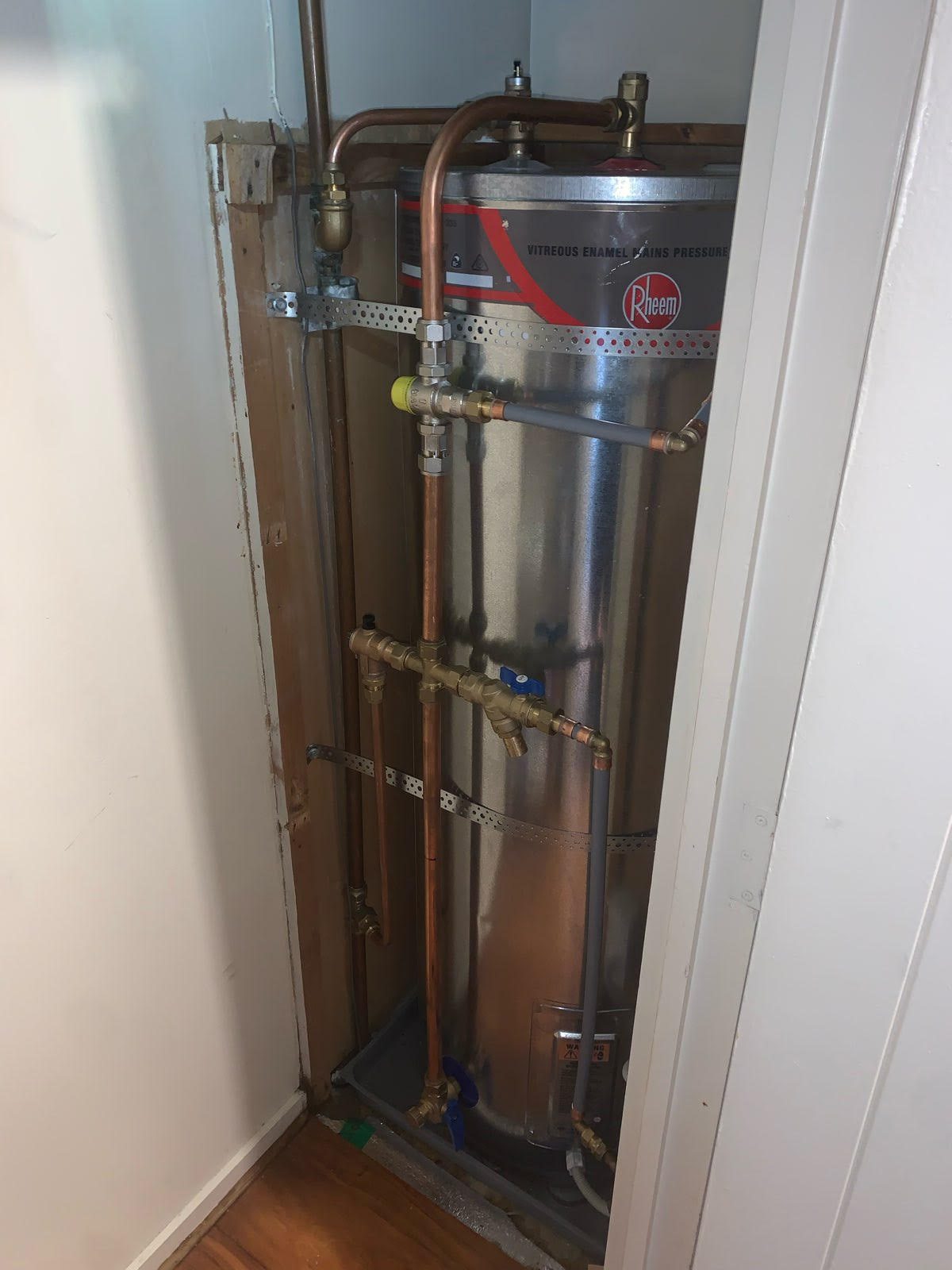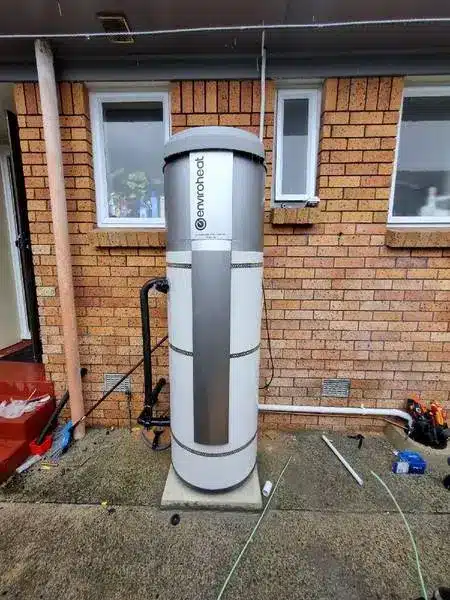What is a Hot Water Cylinder?
Before diving into repairs, it helps to understand what a hot water cylinder is and how it works.
A hot water cylinder is typically an upright cylindrical tank made of metal that holds and heats water for distribution throughout your home. It works by heating cold water in the bottom portion of the tank and delivering hot water from the top when needed for showers, taps, appliances and more.
Inside the cylinder is a thermostat and one or two electric heating elements near the base. The thermostat controls the temperature by switching the heating elements on and off. Modern cylinders also have an anode rod, usually made of aluminum or magnesium, that corrodes over time to prevent tank corrosion. Hot water leaves the cylinder through an outlet pipe while cold water enters to be heated through an inlet pipe.
Causes of Hot Water Cylinder Failure
With multiple components working together, there are several key parts within a hot water cylinder that can fail and cause problems:
Thermostat – This regulates the temperature of the water. If it malfunctions, you may get no hot water, or the temperature may be too hot or too cold. This is where you should go ahead with hot water cylinder repairs.
Heating element(s) – Electrical elements at the base of the cylinder heat the water. If they fail, no heating will occur. Cylinders usually have one or two elements.
Anode rod – The metal anode rod corrodes over time to protect the cylinder. If it erodes completely, corrosion of the cylinder will occur.
Pressure relief valve – This safety valve releases excess pressure from the tank. Leakage indicates it needs replacing.
Inlet/outlet pipes – Leaking pipes must be resealed to stop water loss. This includes valves, fittings, and connections.
Cylinder rust – Corrosion weakens the cylinder over time and can cause leaks to develop.
Sediment buildup – Mineral deposits collect over time, reducing heating efficiency. Hard water exacerbates this issue.
Knowing what can go wrong puts you in a better position to recognize and rectify problems with common hot water cylinder repairs as soon as they arise.
Common Hot Water Cylinder Repairs
Here are some of the most common repairs that may be needed on your hot water cylinder:
Replacing the thermostat – If the water is not heating to the correct temperature, the thermostat is likely faulty and requires replacement. This involves draining the cylinder, disconnecting wiring from the old thermostat, removing it from the cylinder, installing the new thermostat, reconnecting the wiring, and refilling the cylinder.
Replacing heating element(s) – If there is no hot water at all, non-functioning heating element(s) could be the issue. They can be tested with a multimeter to confirm. If faulty, the element(s) will need replacing. As with the thermostat, the cylinder must be drained fully, and wiring removed before the element(s) can be accessed.
Replacing an anode rod – A corroded anode rod no longer protects the cylinder from corrosion damage. Replacing it involves draining the cylinder, removing the old anode rod, cleaning the thread, applying thread tape, installing the new anode rod, and refilling the cylinder. Using a water softener can extend the lifespan of the anode rod.
Replacing pressure relief valve – A leaking or dripping relief valve must be replaced to maintain safe water pressure. Turn off water and power to the cylinder first. Then detach the valve and replace it with a new one of matching pressure rating.
Fixing inlet/outlet pipe leaks – Corroded, cracked, or loose pipe fittings on the cold inlet and hot outlet pipes can be fixed by resealing threads with thread tape or replacing fittings entirely. The cylinder must be drained first before undertaking inlet or outlet pipe repairs.
Treating cylinder corrosion – Heavy rusting or corrosion requires sanding back the affected area and treating with a rust converter before repainting to stop further corrosion damage. Badly corroded cylinders may need replacing fully if unsafe.
Draining and flushing cylinder – Annual draining and flushing removes sediment buildup and maintains heating efficiency. Drain the cylinder completely, then open the drain valve and refill and flush out a few times to wash away mineral deposits.
Preventative Maintenance and Inspection
Carrying out regular maintenance tasks and inspections can help minimize the risk of cylinder failures. It is the most effective way to stay away from hot water cylinder repairs as well. Here are some preventive maintenance measures that you can take.
Inspect the anode rod annually and replace if eroded. This is the key to preventing tank corrosion.
Flush the water cylinder every 1-2 years to clear sediment buildup. Drain, flush multiple times, and refill to remove any mineral deposits.
Have the thermostat checked annually and replace if faulty. This maintains proper water temperature.
Inspect pipes, valves, and fittings regularly for leaks which can indicate issues. Fix minor leaks promptly before major repairs are needed.
Monitor the pressure relief valve for any weeping, which signals it needs replacement. Listen for dripping and inspect the valve.
Use a water softener if you have hard water, to reduce sediment buildup and extend anode rod lifespan.
Keep the cylinder full of water at all times. Switch off power if going away for long periods to prevent dry firing of the element.
Check electrical connections to heating elements are corrosion-free. Loose or corroded connections can impact heating performance.
Staying on top of maintenance and knowing what to look out for will ensure your hot water cylinder provides a long and reliable service life. But when problems eventually arise, understanding common faults makes repairs less daunting.
Where in NZ can you go to get cylinder repairs?
Having hot water available whenever needed is an essential service in every home. But like any appliance, hot water cylinders can and do malfunction over time. With vigilance, maintenance, and awareness of potential problems, your hot water cylinder should operate smoothly for many years to come.
Hot Water Solutions provide repair services across NZ. You can call us directly on 0800 497658 and one of our friendly team members will assist you.
Hot Water Solutions: all we do is hot water for purchases, upgrades, repairs and services in New Zealand!

